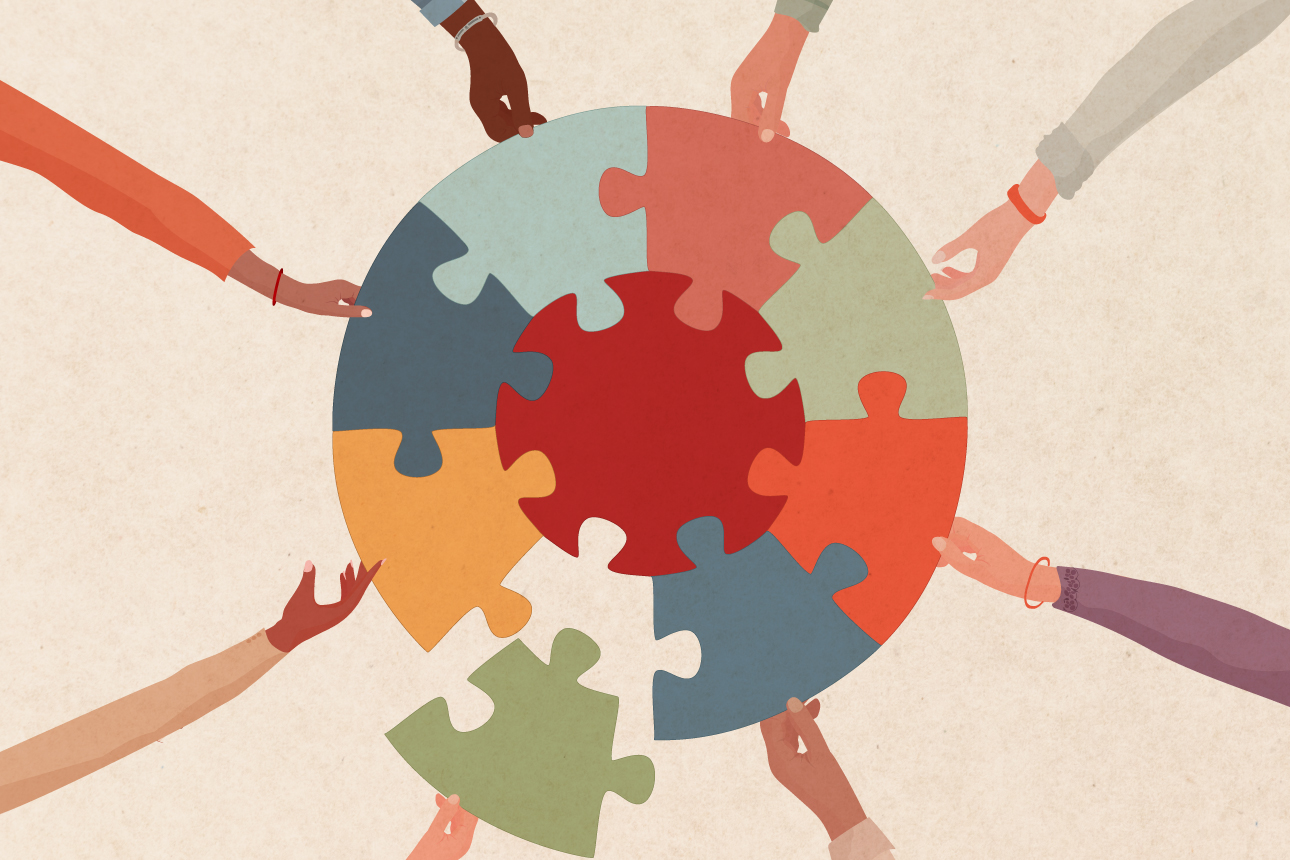The world is in a constant state of forward momentum. Whether it be the technological advancements that allow us to connect with others across the globe instantly or the social progress that allows the LGBTQ+ community to marry those they love. This momentum is far from a steady path, yet with every passing generation and year, societal values are ever changing.
Terror management theory interacts with this tug-of-war for progress in two primary ways. First, it serves as a backbone to why so many are reluctant to accept change, suggesting that people seek familiarity in community and norms when they feel under threat, feeding into discriminatory and conservative values, which in turn keep the flame of agitation alive, forming a feedback loop. Secondly, terror management theory also poses the opposite, that when people feel secure, they are willing to explore new cultural positions. This explains the wave of social progress seen following the industrial revolution. People are wealthier across the board, they have greater access to services and goods that enable this sense of security, ultimately allowing them to broaden their horizons and subscribe to progressive movements such as suffrage and racial equality.
While progress of the mind may be a constant, it faces a hurdle in the actual institution of policy. Those in power are generally those who face the greatest perceived threat to change, being some of the most wealthy and in the ruling demographic. This applies to national governance, but as I learned through my action project work with the UW chapter of the Institution Climate Action coalition, almost every legacy institution feels under threat and relies upon conservatism to maintain feelings of power. In the instance of UW and the ICA, we see a reliance on dirty money from fossil fuel companies.
These systemic layers of power are the primary reason why so many people feel powerless to institute change, and given that those in power are the last to adopt change, it feels like our society is much further behind than it should be.These feelings of powerless were present in our action project as much of the coalitions actions were easily brushed off. While this powerlessness is potent and hard to emotionally overcome, the most important pieces of social progress of modern history have all been led and supported by people without this institutional power, but are still able to stress the importance of progress and achieve their goals.








